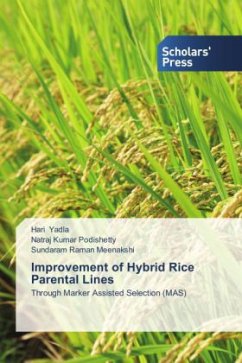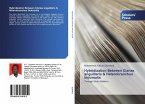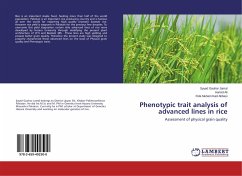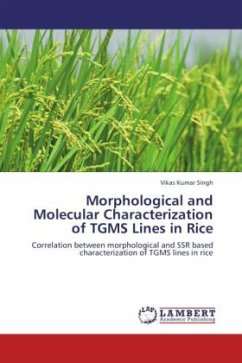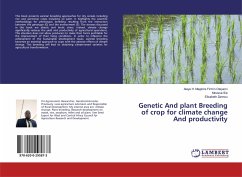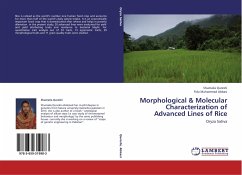Rice (Oryza sativa L.) is one of the most important staple food crops of the world and is a primary source of food for more than half of the world s population. India needs to increase its rice production by 2.5 million tonnes a year to meet its requirement in 2050. Among the various technological options available to increase the production of rice, hybrid rice technology is the most promising (Ahmed and Siddiq 1998). In this book, a new TGMS gene tmsdrr has been identified from DRR1S, tagged and fine mapped with flanking SSR markers RMdrrtms3 and RMdrrtms24 on Chr. 4L and introgressed into the elite fine-grained high yielding cultivar Samba Mahsuri (BPT5204) through Marker-Assisted Backcross Breeding (MABB). Elite hybrid rice parental line KMR-3R has been improved for Bacterial Blight (BB) disease through introgression of Xa21 resistance gene and phenotypically selected for grain quality characters similar to Improved Samba Mahsuri. Elite hybrid rice parental line IR58025B has been improved for Bacterial Blight (BB) and blast disease through introgression of Xa21 and Pi-kh (which has been recently renamed as Pi54, Sharma et al. 2010) resistance genes respectively.
Bitte wählen Sie Ihr Anliegen aus.
Rechnungen
Retourenschein anfordern
Bestellstatus
Storno

